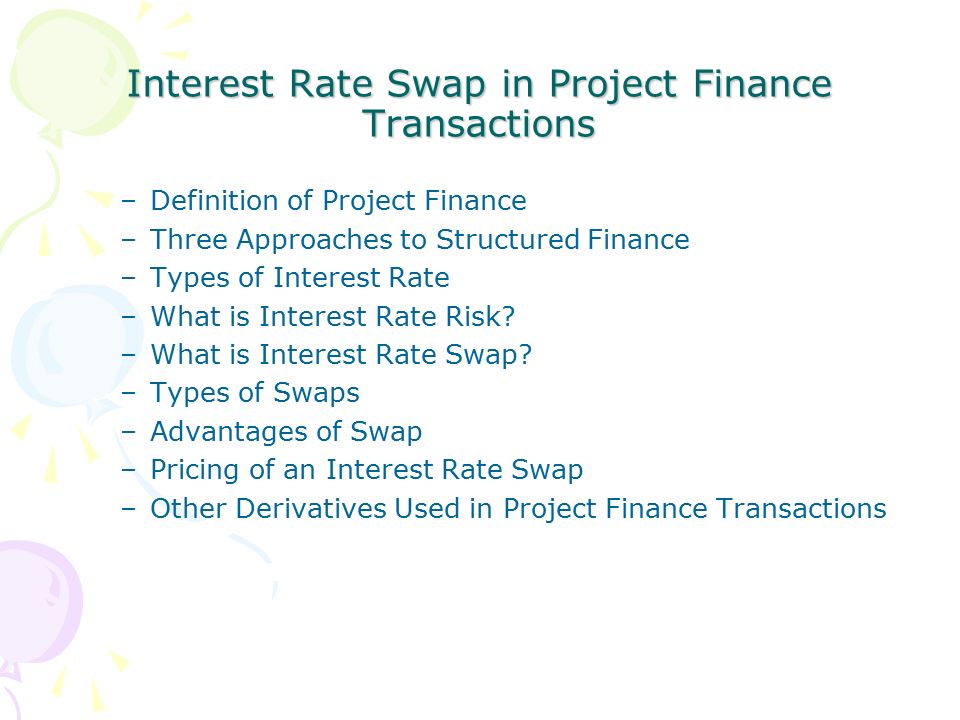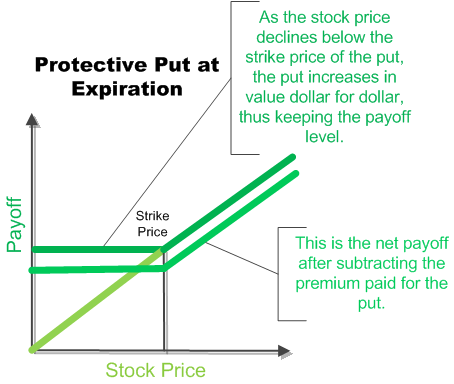Содержание

The currency shares its name with a unit of weight because a British pound originally held the same worth as one lb of silver. We actually owe much of our modern alphabet to the ancient Romans; here’s why. Have you ever wondered why we use the symbol «lb» for the «pounds»unit? The word «pound» is short for «pound weight,» which was libra pondo in Latin.
This consists of taking control of the target company without holding the majority of the shares. Institutional lenders provide financing in the form of partial amortisation loans. Their role consists of providing the amount necessary to go ahead with the deal after «credit analyses». Institutional lenders may be pension funds, insurance companies or hedge funds. Depending on their wishes and aims, existing management teams often acquire a significant stake in the post-LBO company, thereby aligning their interests with those of the buyer. Duties and responsibilities are generally transferred efficiently and seamlessly, since some members of the new management team are already familiar with the company.
Management Teams / Directors
Comes in the form of the 1986 Safeway deal, where Kohlberg Kravis Roberts completed the friendly deal for a price of $5.5 billion. Safeway’s board of directors consented to avoid a hostile takeover from Herbert and Robert Haft of Dart Drug. The buyout was funded mostly with debt and the agreement that Safeway would divest some assets and close underperforming stores. When Safeway was taken public in 1990 after many improvements, KKR earned almost $7.3 billion on their initial investment that totaled approximately $129 million.
For example, an LBO is useful if the business needs to be repackaged and returned to the marketplace after adjustments are made to make it more marketable. When the company is returned to the market as an initial public offering , it can be done so with fanfare, renewing the public’s interest in the company. A leveraged buyout is the acquisition of a public or non-public company with a significant amount of borrowed funds. After the acquisition of the company, the debt/equity ratio is mostly higher than 1.0x (debt usually constitutes 50-80% of the acquisition price). During the ownership of the corporate, the company’s cash circulate is used to service and pay down the excellent debt. In practical terms, the company raises capital by issuing securities, based on the projected cash flows from assets.
The second appearance of KKR on this list says everything about the success of one of the world’s largest private equity firms when it comes to LBOs. The mercantile pound of 6750 troy grains, or 9600 Tower grains, derives from this pound, as 25 shilling-weights or 15 Tower ounces, for general commercial use. In much of Europe, the apothecaries’ and commercial pounds were different numbers of the same ounce. A number of different definitions of the pound have historically been used in Britain. Among these were the avoirdupois pound and the obsolete Tower, merchant’s and London pounds. Due diligence Due diligence gathers all the information obtained by the stakeholders about the target company.
Different Types of LBO
Standard sizes are 6, 12, 18, 24, 32 and 42 pounds; 68-pounders also exist, and other nonstandard weapons use the same scheme. A Jersey pound is an obsolete unit of mass used on the island of Jersey from the 14th century to the 19th century. A London pound was equal to 7,200 troy grains or, equivalently, 10,240 tower grains .
- However, now investors and private equity firms are a bit more risk adverse and therefore may use closer to 50% debt and 50% equity to purchase a business.
- Family members to acquire a company, if, for example, the current owner is retiring, which can also lead to greater engagement.
- We know 75 definitions for LBO abbreviation or acronym in 7 categories.
- LboA leveraged buyout is one company’s acquisition of another company using a significant amount of borrowed money to meet the cost of acquisition.
- The bigger the difference between the target’s internal rate of return and the holding company’s borrowing rate, the higher the financial leverage will be.
- We get the English words inch and ounce from “uncia” because in ancient Rome, a pound was actually 12 ounces, rather than 16.
The employees may be joined in the deal by external investors and set up the holding company together. This transaction is financed by debt, with the aim of making sufficient profit to repay the loan and the interest. However, being the private equity sponsor also provides cash upfront for the transaction. The amount of capital committed by the sponsor could be 10% of the LBO price while in some transactions, the upfront funds can be as high as 50% of the LBO price. The amount of money paid upfront by the sponsor can vary depending on the ability to obtain financing to cover the cost of the acquisition.
What does LBO stand for?
The analysis will be taken to banks and other lenders in order to try and secure as much debt as possible to maximize the returns on equity. Once the amount and rate of debt financing are determined, then the model is updated and final terms of the deal are put into place. LBO is buying/acquisition of a company using debt instruments issued either to the seller or third party. MBO is purchase/acquisition of a company by the management team and a MBO can also be a LBO.
U.S. Leveraged Finance Chart Book: Third-Quarter 2022 (3Q22 … – Fitch Ratings
U.S. Leveraged Finance Chart Book: Third-Quarter 2022 (3Q22 ….
Posted: Mon, 31 Oct 2022 07:00:00 GMT [source]
And these security issues will allow the https://1investing.in/ to repay part of the debts incurred. This «second tier» LBO financing is an intermediate product between the senior debt and the senior mezzanine debt. Sometimes called «subordinated debt», it differs both by its maturity and its repayment terms. You can therefore take out this debt over a period of seven to ten years, but you must repay it in one final instalment. The bank can establish several funding tranches when lending the money to the company for the LBO as well as working capital needs afterwards.
«Second Tier» Financing
While leverage increases equity returns, the drawback is that it also increases risk. By strapping multiple tranches of debt onto an operating company the PE firm is significantly increasing the risk of the transaction . The monetary sponsor can treat their investment as widespread equity or most well-liked fairness amongst other types of securities. Preferred fairness pays a dividend and has fee preferences to widespread fairness.
Afterwards, the acquired enterprise can turn into the means of acquisition for different businesses. A senior stretch loan combines senior and subordinated debt in one package, often used by middle-market companies to finance leveraged buyouts . LBOs carry a higher level of risk than other financial transactions considering the significant amounts of debt involved. If the combined companies can’t meet their debt obligations using the combined cash flow of the two companies, the company being acquired could go bankrupt. In some cases, both the acquiring company and the company being purchased can go bankrupt.
The most successful examples of LBOs are Gibson Greeting Cards, Hilton Hotels and Safeway. They’ll want to see ways to reduce costs quickly, selling off non-core assets or finding synergies. Your company doesn’t have to be operating at maximum performance in order to be a good candidate for a leveraged buyout.
In 2014, after many attempted restructurings, the lbo stands for filed for Chapter 11 bankruptcy. This allowed it to pay down some of its debt and reach profitability. In 2021, the company still exists and have annual revenues in excess of $35 billion.
In the case of an LMBO , the company’s current management team buys out the company. An LMBO generally takes place when a production unit is no longer a priority for an industrial group for example. Instead of offering the business to external investors, management offers to sell it to its employees (managers and/or employees) to secure its future.

After the acquisition, the debt/equity ratio is usually greater than 1-2x since the debt constitutes 50-90% of the purchase price. Leveraged buyouts have had a notorious history, especially in the 1980s, when several prominent buyouts led to the eventual bankruptcy of the acquired companies. This was mainly due to the fact that the leverage ratio was nearly 100% and the interest payments were so large that the company’s operating cash flows were unable to meet the obligation. Leveraged Buyouts are normally done by non-public fairness corporations and rose to prominence within the Nineteen Eighties. A leveraged buyout is a kind of acquisition within the enterprise world whereby the vast majority of the cost of buying a company is financed by borrowed funds. Another form of debt that is used in LBOs are seller notes in which the seller effectively uses elements of the proceeds of the sale to grant a loan to the purchaser.
Usage of the unqualified term pound reflects the historical conflation of mass and weight. This accounts for the modern distinguishing terms pound-mass and pound-force. However, rates of return cannot increase infinitely and some investors think that multiple LBOs increase the risks. Liabilities guarantee When structuring an LBO, a liabilities guarantee limits the risks inherent in the target. Here, the stakeholders draft a contract certifying that the accounting data underlying the target company’s valuation is exact. As protection, the buyer has the possibility of requesting a «liabilities guarantee» clause which provides it with a guarantee against risks of an increase in the liabilities.
The company’s profitability should ultimately increase thanks to the debt raised. The bigger the difference between the target’s internal rate of return and the holding company’s borrowing rate, the higher the financial leverage will be. They are the ones who present the business and the merits of the target company to buyers and lenders.
In the context of an LBO, a company can be acquired by means of borrowing an often high amount of liquid assets to cover the acquisition cost. Mezzanine debt takes the form of a high yield debt with an option to purchase a stock at a specific price in the future as a way of boosting investor returns commensurate with the risk involved. It allows early repayment options and bullet payments just like high yield debt. During a liquidation, mezzanine debt is paid after other debts have been settled, but before equity shareholders are paid. In an LBO, the goal of the investing company or buyer is to make high returns on their equity investment, using debt to increase the potential returns. The acquiring firm determines if an investment is worth pursuing by calculating the expected internal rate of return , where the minimum is typically considered 30% and above.
So both parts of the Latin term live on today, through the vocabularies of money- and weight-conscious individuals throughout the English-speaking world. In fact, Latin is the reason behind many more of the most confusing grammar rules in the English language. As for the “pound” symbol on your keyboard…well, that’s a whole different story.






